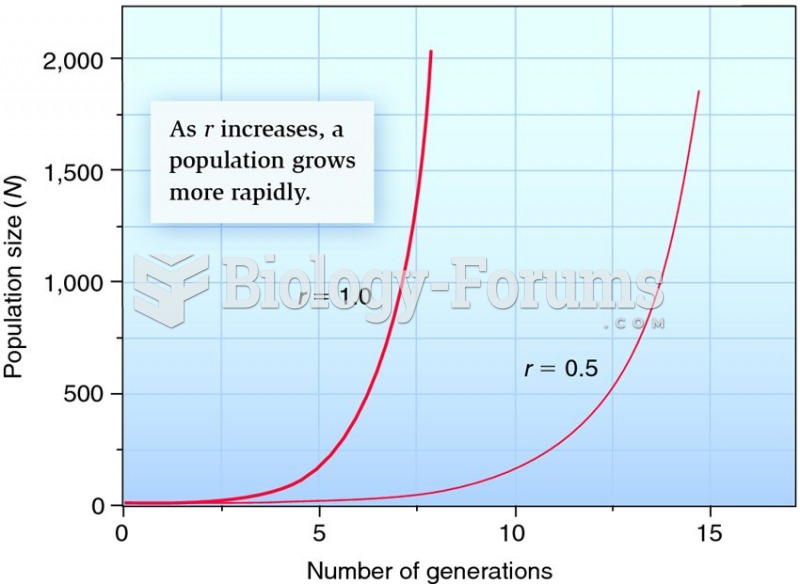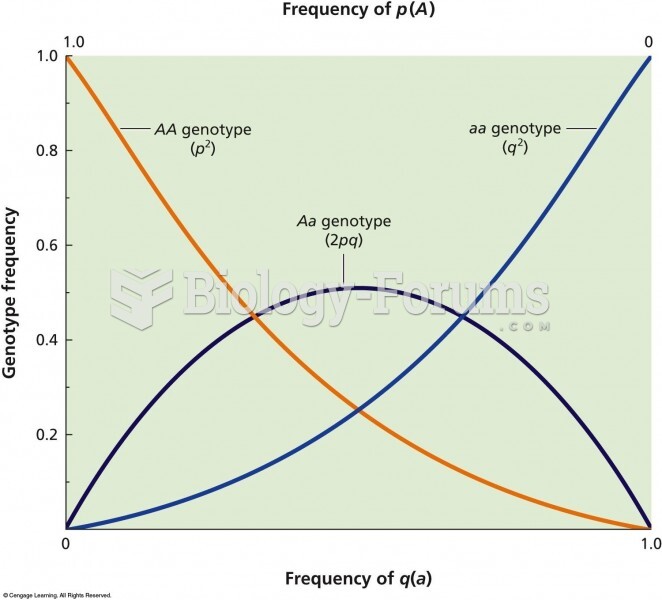Answer to Question 1
Migration is the movement of people from one geographic area to another for the purpose of changing residency. Migration affects the size and distribution of the population in a given area.
Distribution refers to the physical location of people throughout a geographic area. In the United States, people are not evenly distributed throughout the country; many people live in densely populated areas. Density is the number of people living in a specific geographic area.
In urbanized areas, density may be measured by the number of people who live per room, per block, or per square mile. Migration may be either international (movement between two nations) or internal (movement within national boundaries). Internal migration has occurred throughout U.S. history and has significantly changed the distribution of the population over time. Migration involves two types of movement: immigration and emigration. Immigration is the movement of people into a geographic area to take up residency. The U.S. Immigration and Naturalization Service records only legal immigration based on entry visas and change-of- immigration-status forms. Similarly, few records are maintained regarding emigrationthe movement of people out of a geographic area to take up residency elsewhere. People migrate either voluntarily or involuntarily. Pull factors at the international level, such as a democratic government, religious freedom, employment opportunities, or a more temperate climate, may draw voluntary immigrants into a nation. Within nations, people from large cities may be pulled to rural areas by lower crime rates, more space, and a lower cost of living. Push factors at the international level, such as political unrest, violence, wars, famine, plagues, and natural disasters, may encourage people to leave one area and relocate elsewhere. Push factors in regional U.S. migration include unemployment, harsh weather conditions, a high cost of living, inadequate school systems, and high crime rates. Involuntary, or forced, migration usually occurs as a result of political oppression, such as when Jews fled Nazi Germany in the 1930s or when Afghans left their country to escape oppression there in the early 2000s.
Answer to Question 2
True







